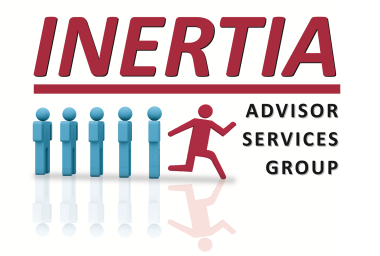How Will You Help Clients Navigate The Medicare Annual Enrollment Period?
When you start seeing the seemingly endless ads with Broadway Joe, J.J., or Captain Kirk, you know the Medicare Annual Enrollment Period (AEP) is upon us again. It may be amusing to see the aging faces of yesterday's celebrities doing commercials, but AEP is no laughing matter; it is a critical time for your clients (and their advisors) to review and adjust planning for Healthcare In Retirement.
While AEP offers an opportunity to ensure Medicare Supplement Insurance ("Medigap") coverage aligns with a client's evolving needs, the advisory community would be wise to use this window to help clients navigate beyond AEP and address the most significant risk Medicare, MedAvantage and Medigap plans do not cover: Long-Term Care (LTC).
LTC should be a component of a client's comprehensive planning to ensure multi-generational well-being and financial security in their later years, and we offer these effective strategies to use AEP to fill another gap in your clients' planning.
1. Initiate an AEP Review Meeting:
"Back to School" should be the advisor's wake-up call to gear up for AEP, and you can begin proactively reaching out to clients for a comprehensive Healthcare In Retirement review. The period after Labor Day is a prime opportunity to ensure clients revisit their Medicare Supplement insurance coverage and identify and quantify their need for LTC Planning. It would be best to emphasize the importance of planning for potential LTC, explaining the physical, emotional, and financial implications of failing to implement a plan.
2. Education About Long-Term Care:
Many clients may not fully grasp the significance of LTC Planning or may have misconceptions about it. Consider educating yourself and your clients about the potential costs of LTC, how and where that care can be delivered, and the impact that care can have on a client's family, finances, and quality of life. This knowledge will enable clients to make informed decisions when you recommend addressing LTC in their planning.
Quite simply, the topic of Healthcare In Retirement is not optional. As one of the most significant and mandatory expenses in retirement, regardless of your advisory role, you have a responsibility or fiduciary duty to ensure this education occurs.
3. Using Client Reviews To Address LTC Planning:
To effectively integrate the LTC component into a client's financial plan, consider doing it when you analyze financial position at their annual review. There's no better time to segue to LTC than when you're already discussing their income, assets, liabilities, and existing insurance coverage. When you help clients understand their resources and obligations, it will be easier to recommend an appropriate strategy for LTC that aligns with those various financial considerations.
4. Offer Tailored LTC Planning Solutions:
Once you quantify the amount and duration of LTC a client may need, you can present tailored LTC Planning solutions, including various insurance products or alternative investment strategies that mitigate the risk and cover potential LTC expenses. The goal is to propose a plan to provide confidence a plan is there when there's a need for care…Whenever that occurs.
5. Integrate Long-Term Care into Financial Projections:
Your clients' LTC Planning should seamlessly integrate into their financial, retirement, estate, or risk management planning. Consider having an open dialogue about LTC in terms of "choice-based outcomes" and the negative impact their lack of planning could have on planning and legacy goals. Empower clients to make thoughtful, positive, and proactive choices today to avoid the poor decision-making often accompanying "crisis planning" when care is needed.
6. Regular Check-Ins and Adjustments:
The need or desire for LTC Planning can change over time due to health conditions, lifestyle adjustments, or other factors. For example, Mr. & Mrs. Smith may choose a Self-Funding strategy for LTC as a couple, but when Mr. Smith passes away, Mrs. Smith may want a more formal approach. By annually having the discussion and emphasizing the importance of Healthcare In Retirement, clients can make minor, necessary adjustments rather than significant, complex changes. That will make aging or the adjustment to significant life events less stressful and more easily facilitate modifications to their financial planning.
7. Encourage Legal and Estate Planning:
Comprehensive planning is incomplete until clients have the proper legal framework in place, including establishing a power of attorney, creating living wills or trusts, and designating healthcare proxies. A holistic approach to LTC Planning incorporates these legal aspects to ensure a client's wishes are respected, and their assets are managed appropriately should they become incapacitated.
AEP presents a crucial juncture for you to further solidify client relationships and maximize your clients' financial well-being. Addressing LTC in planning requires a proactive, educational, and personalized approach, and by continually evaluating and adjusting a client's planning, you can better prepare clients for a financially sound and worry-free future for their golden years.
220928

